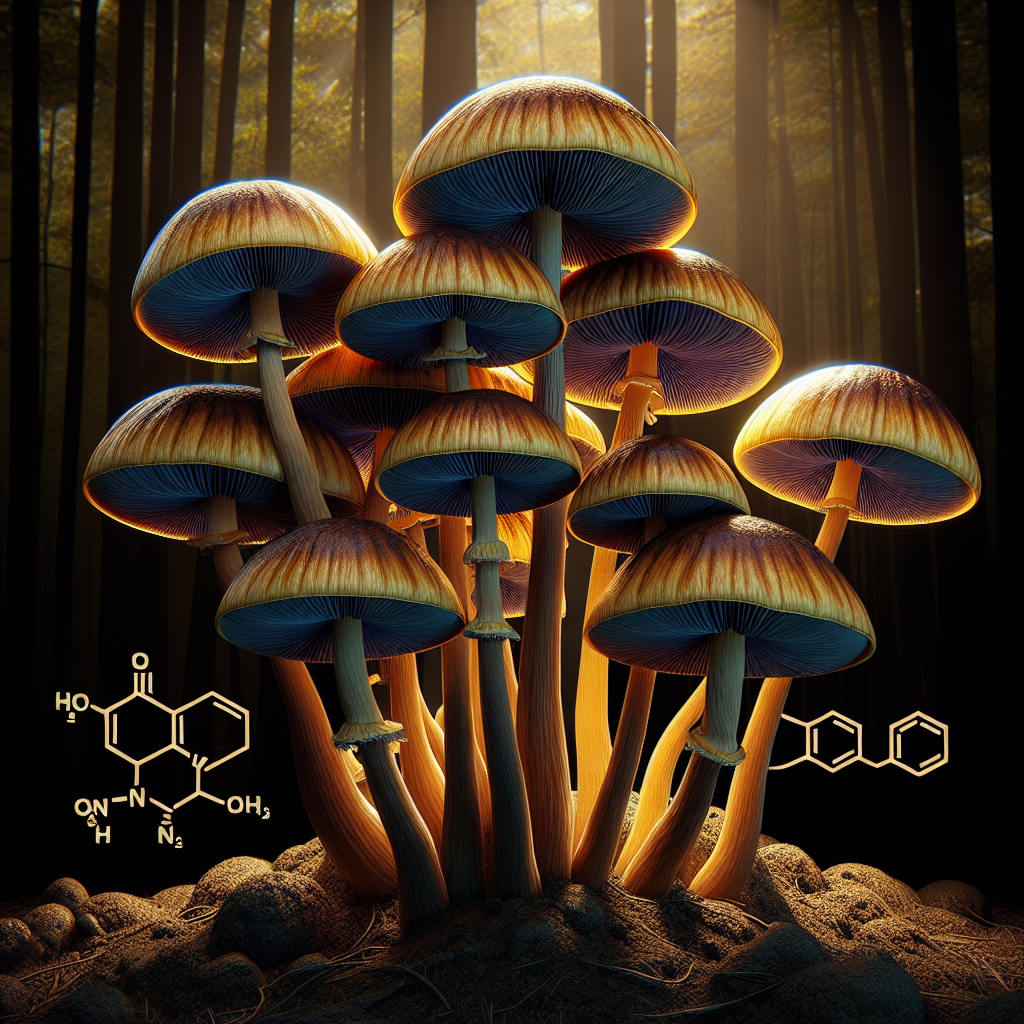Misleading Mushroom Mania: Fly Agaric vs. Psilocybin
The rise in interest for Amanita muscaria (fly agaric), a mushroom often confused with psilocybin-containing mushrooms, is concerning. While psilocybin has proven antidepressant qualities, fly agaric contains potentially toxic compounds. Misleading marketing of these differences poses health risks that need addressing.

The rise in interest for Amanita muscaria, commonly known as fly agaric, has caused concern in the scientific community. This mushroom is often confused with psilocybin-containing mushrooms, which are known for their antidepressant qualities. However, fly agaric contains muscimol and ibotenic acid, compounds that can be toxic in high doses.
Recent research from the University of California, San Diego, observed a 114% increase in Google searches for this mushroom from 2022 to 2023. Unscrupulous vendors have capitalized on this trend, misleadingly marketing fly agaric products as health-improving, despite a lack of clinical evidence.
Industry experts stress the importance of distinguishing between psilocybin and fly agaric to ensure public safety. While psilocybin shows significant promise as an antidepressant, fly agaric's compounds pose potential health risks, underscoring the need for consumer education and regulation.
(This story has not been edited by Devdiscourse staff and is auto-generated from a syndicated feed.)










